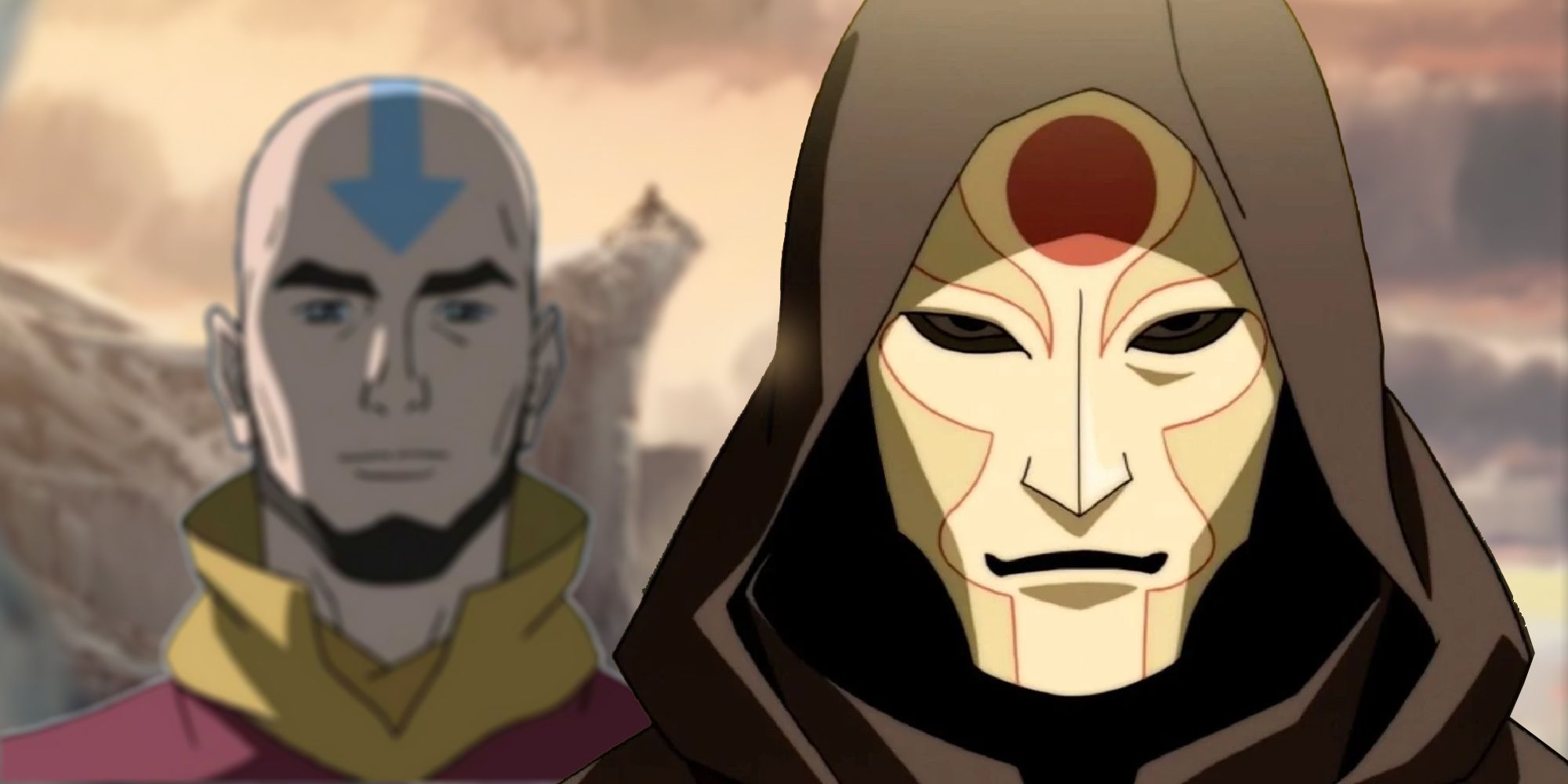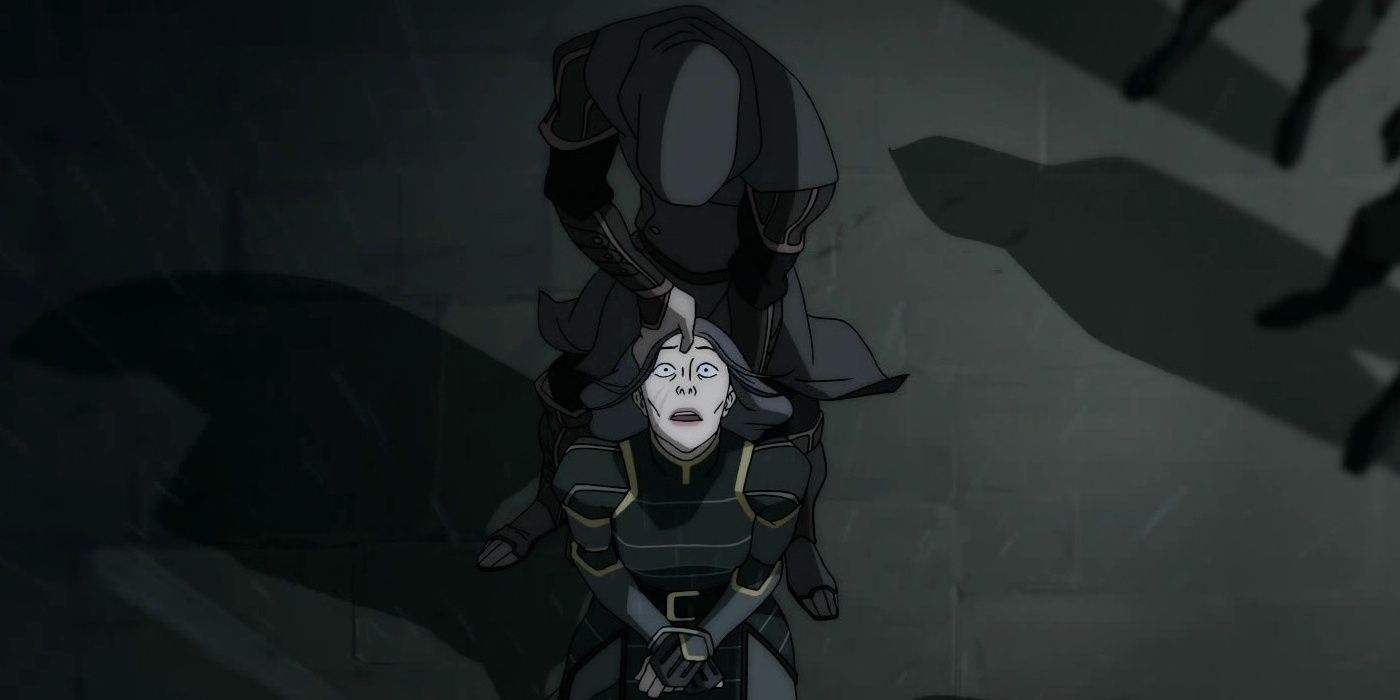The first season of The Legend of Korra illuminated that element bending has both light and dark sides. As the follow-up series to Avatar: The Last Airbender, The Legend of Korra often dove into darker territory than its predecessor, and could frequently be a substantially more violent show. The villain of the first season, Amon, would set the tone for antagonists on the series right off the bat, while his specific use of bloodbending would introduce the dark side of bending into the franchise.
The light side had been shown in Aang's battle against Fire Lord Ozai in the finale of Avatar. With Aang refusing to kill Ozai to end his reign over the Fire Nation and his efforts to conquer the world, he instead used a technique known as energybending to remove Ozai's ability to Firebend. This skill had earlier been bestowed upon Aang by a Lion Turtle due to the pacifistic Avatar's moral dilemma at having to possibly take Ozai's life, but it would also be echoed in The Legend of Korra in an unexpected way through Amon.
As leader of a sect known as The Equalists, Amon sets out to rid the world of bending altogether, thus placing benders and non-benders alike on completely equal terms. Amon had been born in the Northern Water Tribe under the name Noatak, and in reality was a Waterbender himself who was also capable of bloodbending. Amon would eventually discover he was able to use this skill to eliminate bending abilities from within benders, and the contrast between his and Aang's method of doing so highlights the light and dark sides of bending.
Aang's entire reasoning behind using energybending against Ozai was based in mercy. Specifically, using it to nullify the Fire Lord's bending came out of Aang's desire to end Ozai's threat while leaving the possibility for him to change. All of that was never a thought for Amon in his strategy for de-powering benders.
As seen in Katara's periodic use of it on Avatar, bloodbending is a subset of Waterbending that serves no higher purpose beyond being a mechanism of torturing whoever's on the receiving end. By employing bloodbending as a tool of ripping one's bending ability away from them, Amon inflicts both physical and psychological agony on his victims. By the time he is done with them, former benders are left to feel as if their very soul has been destroyed and they've been reduced to something less than they were.
Like the dark and light sides of the Force in the Star Wars universe (with which the Avatar franchise also has other notable parallels — most notably, Zuko and Kylo Ren), element bending carries with it the potential be used for both good and bad, with the ultimate embodiment of that seen in the possibility of one's bending abilities to be rendered inert. Aang doing so with energybending shows his view of every life as being irreplaceable, including Ozai's, with the technique being a means of allowing one who has misused his or her bending to be reborn. At the same time, Amon's bloodbending has the same immediate effect, but is inherently meant to victimize the one whose bending will be lost and casting them aside to feel hollow and worthless. The Legend of Korra brings into focus the light and dark sides of bending, and it falls to each bender to reject the path of Amon and use their bending as wisely as Aang used his.


